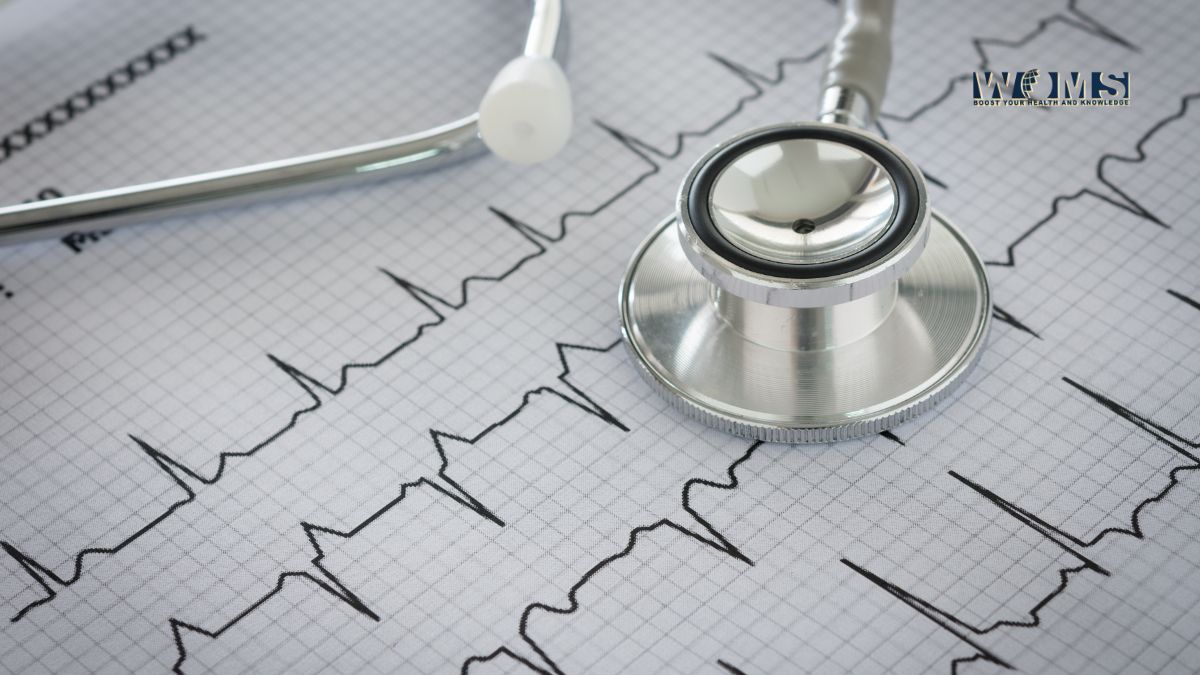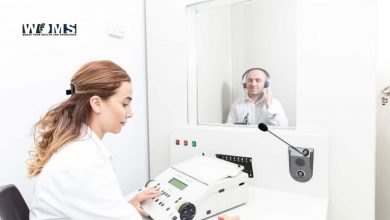Nishi Patel Showcases Emerging Imaging Techniques in Cardiology for Complex Diagnoses

Recent advancements in cardiac imaging have revolutionized how cardiovascular diseases are diagnosed, managed, and monitored. From traditional tools like echocardiography to cutting-edge hybrid modalities such as PET-MRI, clinicians now have an unprecedented ability to visualize both the structure and function of the heart in detail. As highlighted by Nishi Patel, these technologies not only enhance diagnostic accuracy but also guide therapeutic decisions with greater confidence.
The integration of artificial intelligence has further accelerated this, enabling faster, more consistent interpretations and reducing clinical workload. As imaging becomes more personalized and accessible, it paves the way for earlier intervention and more effective disease management across a broad spectrum of cardiac conditions. Though challenges such as cost and limited availability remain, ongoing innovations are steadily bridging these gaps.
Role of Imaging in Cardiology
Cardiac imaging plays a central role in diagnosing and managing heart disease. As patients present with increasingly complex conditions, the need for more accurate and detailed visualization of cardiac structures has grown. Traditional imaging techniques like echocardiography and CT scans are widely used, but they sometimes fall short when tasked with detecting subtle or early-stage abnormalities.
In cases involving rare cardiomyopathies or unexplained heart failure, basic imaging may not capture the full picture. This has driven the development of more advanced tools that can offer clearer insight into heart tissue, function, and blood flow. Early identification of such conditions often leads to faster treatment decisions and better long-term outcomes. In high-risk cardiac patients, rapid and accurate imaging can be the difference between timely intervention and missed diagnosis.
Advances in Cardiac MRI
Cardiac MRI has become a powerful diagnostic tool, especially with the introduction of tissue mapping techniques like T1, T2, and extracellular volume (ECV) quantification. These advanced imaging methods reveal subtle changes in myocardial composition that traditional scans might miss. By identifying fibrosis, edema, or infiltration, clinicians can better differentiate between various types of cardiomyopathies, such as hypertrophic or infiltrative forms.
In inflammatory conditions like myocarditis, early detection through MRI mapping can guide timely intervention, potentially preventing irreversible damage. Unlike standard imaging, cardiac MRI provides both anatomical and functional insight in a single session. This dual capability enhances its value in complex diagnostic scenarios, where precision and efficiency are critical.
3D Echocardiography and Its Applications
Nishi Patel explains that three-dimensional echocardiography has transformed how clinicians assess cardiac anatomy in real time. Compared to its 2D predecessor, it delivers more accurate spatial representations, making it easier to evaluate complex valve structures or congenital anomalies. Surgeons often rely on these detailed images to plan intricate procedures, such as valve repairs or septal defect closures.
In conditions like mitral valve prolapse or tricuspid regurgitation, 3D imaging captures the motion and interaction of heart structures more effectively. This allows for better monitoring of disease progression and response to therapy, particularly in patients undergoing minimally invasive interventions.
Hybrid Imaging: PET-CT and PET-MRI
Hybrid imaging modalities such as PET-CT and PET-MRI have carved out a unique space in cardiac diagnostics by combining structural and metabolic information. PET-CT is particularly valuable in assessing conditions like cardiac sarcoidosis or amyloidosis, where traditional imaging may struggle to differentiate active inflammation from scarring. This fusion of data allows for more targeted treatment strategies and improved monitoring.
PET-MRI, though less widely available, offers superior soft-tissue contrast with lower radiation exposure, making it especially useful in younger patients or those requiring multiple follow-ups. Its ability to simultaneously evaluate tissue metabolism and morphology enhances diagnostic confidence in complex cardiac pathologies. In research settings, PET-MRI is increasingly used to study myocardial viability and inflammation in finer detail than ever before. These integrated techniques are proving indispensable when clarity is essential to guide high-stakes decisions.
AI-Enhanced Imaging and Clinical Integration
Artificial intelligence is transforming cardiac imaging by streamlining workflows and improving diagnostic precision. Algorithms trained on large datasets can now detect coronary artery disease or myocardial infarction with accuracy comparable to experienced clinicians, reducing the burden on radiologists and cardiologists alike. Some platforms even offer predictive analytics that help forecast potential cardiac events based on imaging and clinical data.
Machine learning models also assist in quantifying ventricular function, identifying subtle changes that might be overlooked during manual interpretation. This automation not only saves time but also minimizes interobserver variability. As hospitals integrate AI into their systems, clinicians are increasingly able to focus on patient care while relying on technology to handle repetitive analytical tasks.
Practical Considerations and Future Trends
Despite their promise, emerging imaging technologies face challenges that may limit widespread adoption. High costs, the need for specialized training, and limited access in rural areas can hinder implementation. These barriers often delay the benefits of innovation from reaching all patient populations equally. Addressing these disparities will be crucial for ensuring equitable cardiac care.
Looking ahead, Nishi Patel suggests that ongoing research aims to make advanced imaging more accessible through portable devices and cloud-based analysis platforms. The integration of imaging with wearable sensors and remote monitoring tools could open the door to more personalized cardiovascular care. As these technologies evolve, they hold the potential to redefine how cardiologists diagnose, monitor, and treat heart disease on a global scale.




